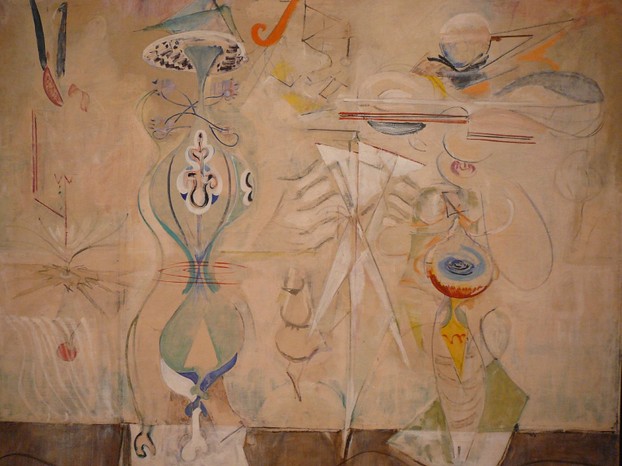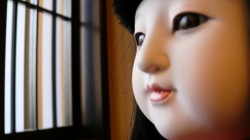Atalanta’s Race is a faithful, modern retelling in children’s book format of a 3,200-year-old story from ancient Greece. The story looks at the reasons for, and consequences of, deciding a royal inheritance by gender and a marriage by footracing.
The ancient Greeks are remembered for their athleticism and their stories about their gods. They invented the marathon race and the ancient precursors to the modern Olympic Games. They worshipped gods, each of whom controlled a key aspect of human life.
Gods and sports are important in the children’s story Atalanta’s Race, written by Shirley Climo, illustrated by Alexander Koshkin, and originally published by Clarion Books in 1995. Folklorist Shirley Beistle Climo (born 1928) is the Library of Congress Best Children’s Book author of Someone Saw a Spider: Spider Facts and Folktales. The Cleveland-born sister-in-law of artist Mark Rothko lives with her husband, corporate historian George Frederick Climo, in Los Altos, California.
Artist Alexander Koshkin (born 1952) has been drawing since he was 3 years old. He also illustrated the author’s Stolen Thunder: A Norse Myth for Clarion in 1994. He lives in Moscow, Russia.
Atalanta’s Race describes young Princess Atalanta’s life, up to and after a very important footrace. Atalanta is King Iasos’ only child. But the king leaves Atalanta in a remote mountain forest because he wants a son to inherit Arcadia’s throne. A mother-bear and then the hunter Chiron nevertheless rescue the abandoned infant.
Atalanta grows up to be the best hunter and the fastest runner even though athletic competitions are only for males. Her father hears of Atalanta’s accomplishments, and they reunite happily. But the king is anxious about an heir. He makes Atalanta promise to marry whomsoever she defeats in a footrace.
All suitors lose until Melanion shows up. With three apples from the love goddess Aphrodite, Melanion manages to win the race and Atalanta. The happy couple let King Iasos raise their son to inherit Arcadia’s throne. They organize their time around apples, each other, and footraces. Arcadians understand true love, but not Aphrodite, who feels disrespected by mortals whom she decides must be punished.
But is the punishment determined by the gods really punishment for the story’s two athletic lovebirds, Atalanta and Melanion?
Atalanta’s Race is a beautiful story with anciently-styled, watercolor-like painted illustrations. Its theme of a happy ending for a girl who makes her own choices when decisions were made only by gods and men is appealing and inspirational to all ages and cultures.










 Are Hawaiian Huakai Po Nightmarchers Avenging Halloween Thursday?on 10/02/2024
Are Hawaiian Huakai Po Nightmarchers Avenging Halloween Thursday?on 10/02/2024
 Mailing Addresses for 2023 Form 4868 Extending 1040 and 1040SR April 15, 2024, Due Dateon 04/15/2024
Mailing Addresses for 2023 Form 4868 Extending 1040 and 1040SR April 15, 2024, Due Dateon 04/15/2024
 Mailing Addresses for 2023 Forms 1040 and 1040SR Filed in 2024on 04/15/2024
Mailing Addresses for 2023 Forms 1040 and 1040SR Filed in 2024on 04/15/2024
 Mailing Addresses for 2022 Form 4868 Extending 1040 and 1040SR April 18, 2023, Due Dateon 04/13/2023
Mailing Addresses for 2022 Form 4868 Extending 1040 and 1040SR April 18, 2023, Due Dateon 04/13/2023



Comments
AbbyFitz, Yes, Shirley Climo's retelling, with great illustrations by Alexander Koshkin, would have been a treat in childhood! There's a lot to learn from Atalanta's story, with its clear messages.
Me too: My father included Greek myths in storytelling in my childhood.
I would have liked this book when I was a child. It parable would have been required reading from my father, he told me about many Greek myths